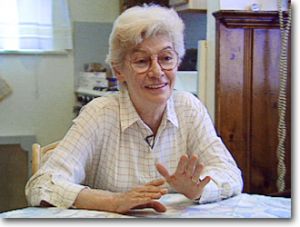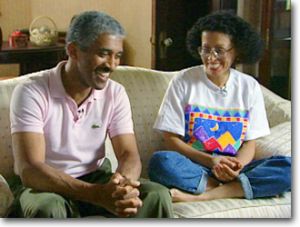Brick by Brick: A Civil Rights Story (2007)
Brick by Brick: A Civil Rights Story was released on February 9, 2007, in the USA. The American documentary film was produced by Kavanagh Productions. The movie storyline was directed by bill Kavanagh and Sylke Fröchtenigt. The movie was based on the true story of racial discrimination that leads to hardship in obtaining housing project opportunity at Yonkers, New York[1]
Summary
In the 1980s, housing and education segregation has become a serious issue including in Yonkers, New York. Yonkers officials try to create four areas of segregation district in the city. However, there were pros and cons as the public voices were divided. Mary Dorman, a mother of a family that just purchased a new home in East Yonker, and her community opposed the idea of a housing project as they believe that the housing project that had been done in Southwest Yonkers was dirt and not taken care of. Gene and Doris Capello, a multicolored family, try to bring up the issue of discrimination in buying real estate in Yonkers. Moreover, discrimination leads to school system segregation. In August 1983, a legal battle started between the Justice Department and City Counsel of Yonkers as the Justice Department ordered the Yonkers city to integrate communities and build the housing project around them. Eventually, the battle goes on and on as the city of Yonkers purposely segregated the minority community. In 1992, the change occurred and the housing project had just finished its first unit as Nicholas Wasicksco, the city mayor, had convinced the City Counsel to comply with the federal court order. Adrean Owens-Saunders, an African American mother, moves to a low-income housing project in Yonkers to avoid the abuse in her family and violence near her surroundings. Mary Dorman involves integration and public housing tenants. In the end, the private housing market continues to flourish and public policies on housing projects benefit everyone especially the minority communities[2].

Black Empowerment

Mary Dorman, who opposed the housing project at first, even shifted her idea as she saw that the integration was actually important for the neighborhood. Then, she supports the housing project and befriends the minorities although she had to cut ties with many form anti-housing partners. The integration has helped citizens to be more involved and wise in the community, she believes. Gene Capello, an African American lawyer, opposes the segregation issue by involving in the housing project. He supported the campaign of Mayor Wasasicko, Yonkers's mayor who support the housing project, and convinced the City Counsel on complying with federal orders. His wife, Doris Capello was active in educating all children in the system including African Americans and Hispanics. They become a focal voice in supporting the desegregation system. Gene continues on fighting racism through community integration and housing project realization. As he says "We continue our efforts because we have to. We can’t give up on this kind of thing because we won’t have won anything (if we do). We’ll have a hollow victory—a victory on paper without having the thing that we really fought for, which is some form of equality, some form of equal opportunity"[5].
Controversy
The film portrays the isolation of colored people especially African Americans in Yonkers. It is shown that even the residents did not realize that real estate segregation affects their life at first. Zoning practice in education and real estate leads to less opportunity for African Americans to grow and have a better life while the white residents enjoy the customary protections of local government. The film also shows where there was a resistance movement against the housing project for minorities such as African Americans. They were afraid the project would lower their real estate value and their neighborhood's safety and education[6]. The film also displays the anger of Yonkers's citizens towards the integration as Doris remembered "We didn’t know what would happen next, (in those days) we didn’t know how this racism would manifest itself from day to day… That’s how angry these people were" which states that racism could lead to an uproar.
References
- ↑ https://www.imdb.com/title/tt1262865/?ref_=nv_sr_srsg_0
- ↑ https://films.com/ecTitleDetail.aspx?TitleID=25129&r=SR
- ↑ http://www.brick-by-brick.com/images/maryd.jpg
- ↑ http://www.brick-by-brick.com/images/doris-gene.jpg
- ↑ http://www.brick-by-brick.com/characters.html#
- ↑ https://www.huffpost.com/entry/brick-by-brick-a-civil-ri_b_45202